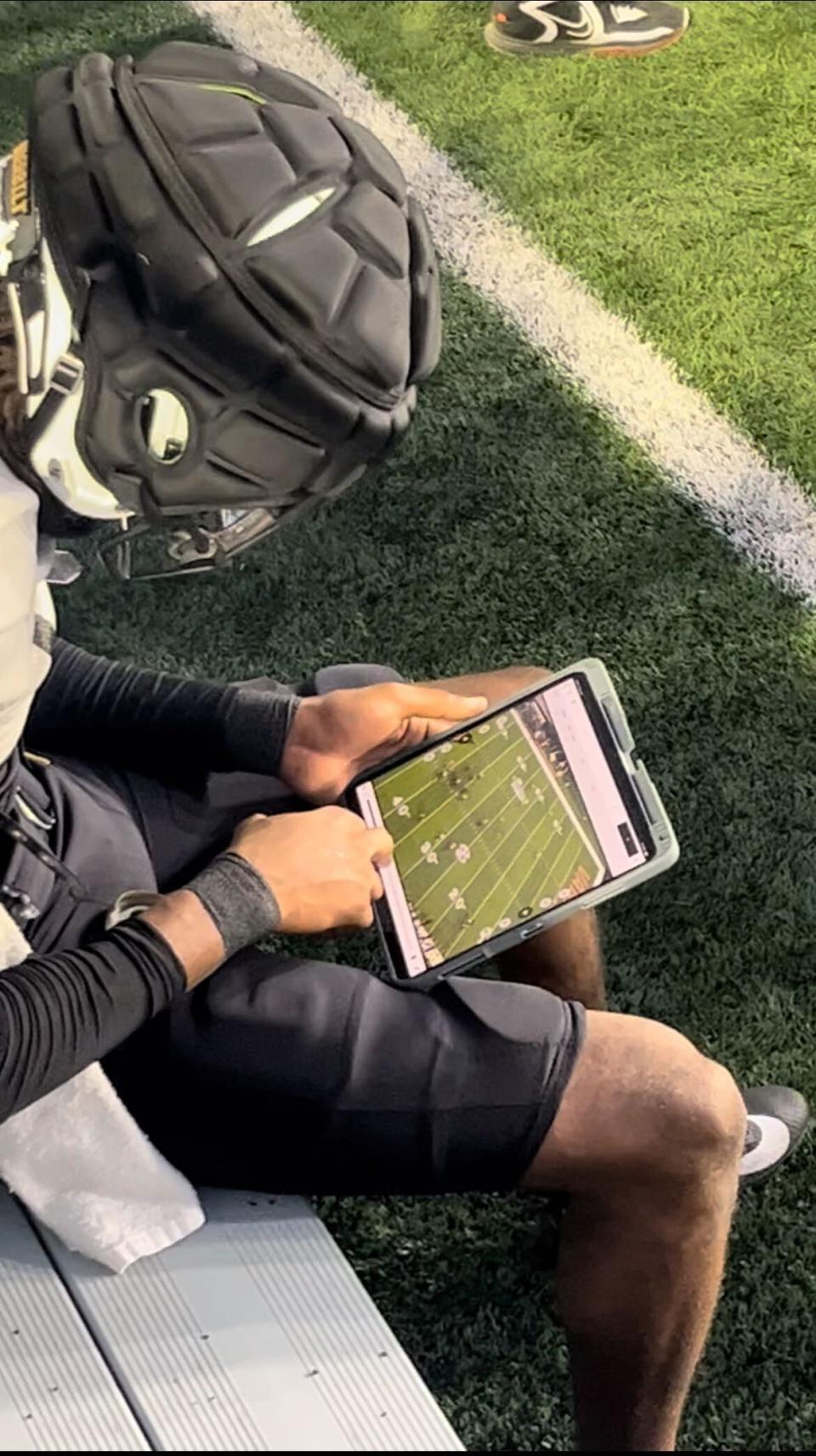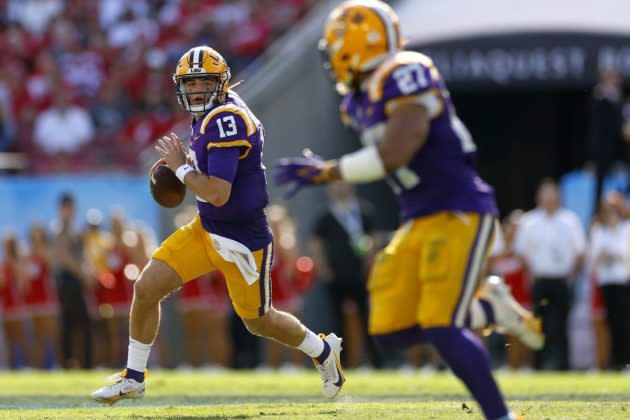Mississippi football coach Lane Kiffin initially opposed it. Clemson coach Dabo Swinney looks forward to it. Arizona State coach Kenny Dillingham thinks “it’s like cheating.” And Georgia quarterback Carson Beck? He would have liked to have had it last year.
The NCAA is, for the first time, allowing teams to use digital tablets to replay game footage off the court this season, and despite differing opinions, there is one universal consensus: The new technology could have a real impact on Saturdays.
More on Sportico.com
Both players and coaches agreed that their game plans will likely have to become more complicated, or risk being completely dismantled. For example, there will no longer be the same third-down blitz plays repeated. Meanwhile, assistants will have to figure out how best to use their new teaching tools. Fast.
In April, the NCAA approved new technology rules allowing radio communications between coaches and players, as well as up to 18 active tablets for use in the coaches’ booth, sideline and locker room areas. Unlike the NFL, where only still images are accessible, college teams will be able to view video from the sideline, end zone and camera feeds. However, they will not be able to view past scouting data or player analysis.
Some teams Tried versions of the technology during bowl games last year, but most will still be trying to figure out how things work beyond this Saturday’s season opener.
Once the rules were approved, conferences lined up their own partners. Several have followed the NFL’s lead by adding Microsoft Surface devices, while the ACC, Big Ten and SEC have opted for Apple’s iPad product line. On the screen, several leagues are using DVSport Rewind technology to power the devices. The SEC, however, has turned to Catapult, a performance analytics platform already used by most major programs (and NFL teams) to evaluate players in practices.
“Ninety-five percent of Division I teams use our solution to manage coaches’ video six days a week,” said Matt Bairos, Catapult’s chief product officer. “Day seven was really a waste.”
Here’s how the SEC’s system works. Video will be distributed from a central hub to two private networks, one for each team. Catapult has hired nearly 50 game-day technicians (three per venue) to help implement the procedure.
Plays are cut and tagged for review based on the situation, helping coaches on the sidelines select the right set of clips to show players. Assistants in the booth can mark specific moments to discuss on the sidelines, and Apple Pencils will be available for telecasting. System speed was a priority, Bairos said, to ensure plays are cut quickly and sent to coaches, where they can discuss details with players.

Former Temple, Boston College and Colorado State head coach Steve Addazio, now an ESPN analyst, has long been in favor of adding the technology.
“I love it,” he said. “When I was active in this, I knew that was what I wanted most.”
In the past, Addazio was forced to rely on assistants upstairs to tell him what they saw. “As you go through each play, you try to draw it on a whiteboard and basically reconstruct it; every time you did that, there was a mistake.”
And he’s not worried about coaches and players adopting a new workflow. “It’s easy,” Addazio said. “You’re just watching the replays.”
The iPads feature a new “nanotextured glass” screen (normally a $100 upgrade option) for increased visibility in the southern sun, and will be stored on custom-made carts similarly adapted for hot environments. After the game, the snippet images can be immediately distributed to coaches and players with additional notes, ratings and subjective information. Medical staff will also have access during the game to help identify and treat injuries.
LSU was among the schools that tested the system last season during its 35-31 ReliaQuest Bowl victory over Wisconsin.
“The real-time video provided by Catapult allowed our coaching staff to make better decisions during the game and communicate those decisions to our players,” LSU coach Brian Kelly said in a statement.
Over time, more data is likely to be included in the system, such as metrics from players’ handheld devices and specific play calls. As that happens, Bairos anticipates that the video staff, once focused on camera operations and VCR tuning, will increasingly move closer to traditional coaching staffs. It’s not hard to imagine Madden-like fatigue measurements and graphs of opponents’ weak points appearing on the iPads of tomorrow’s coaches.
Coaches’ booths may not fully become Formula 1 garages, where a million data points a second are transmitted to the pits and artificial intelligence informs strategic decisions, but it’s hard to imagine college football ever being like that again.
“I think this makes the game much more interesting, exciting and challenging,” Bairos said.
Now it’s up to the coaches to keep up.
The best of Sportico.com

